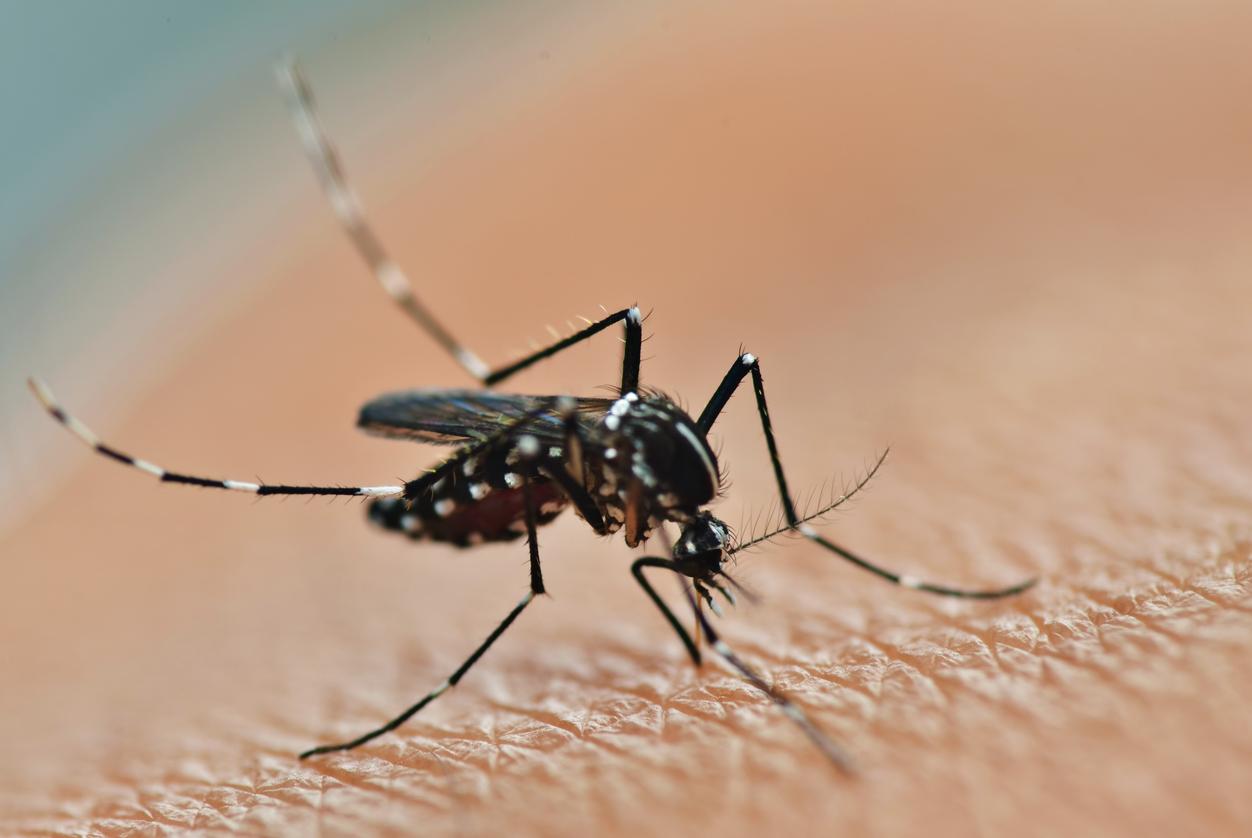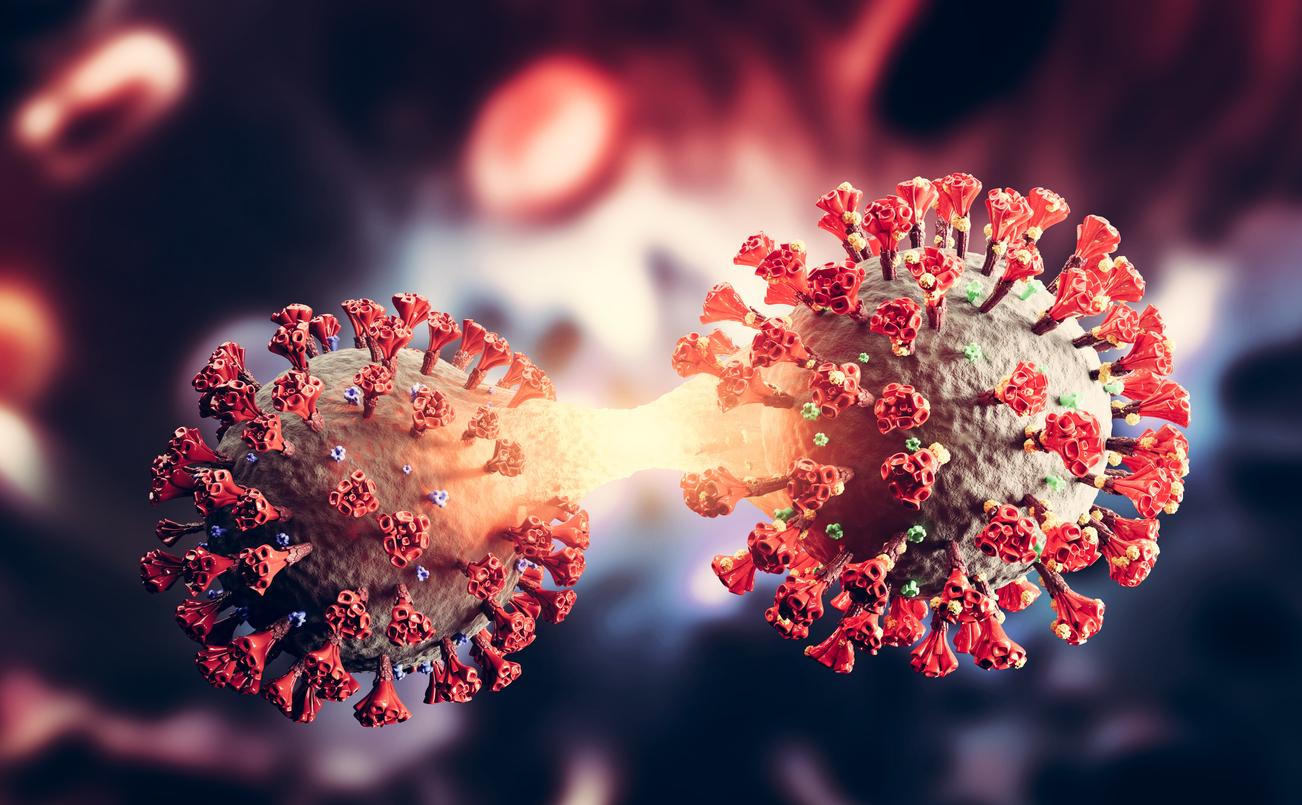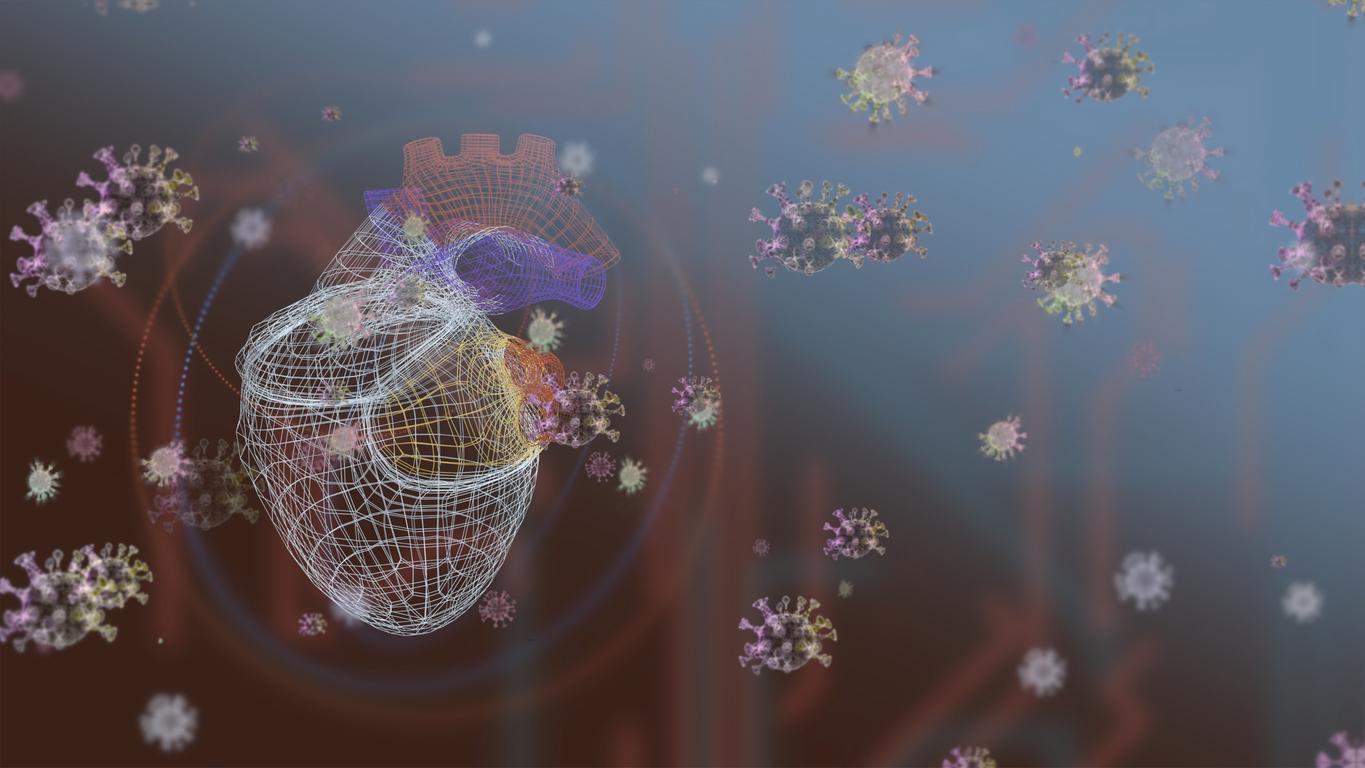These virus sequences would be able to enter human cells.

- The study has not yet been peer-reviewed, that is to say, it has not been validated by a committee of researchers.
- Several viruses are transmitted between bats and humans, such as SARS in 2003 or the Marburg virus.
- Wild animals are implicated in more than two-thirds of human infectious diseases.
More than 200 million people have been infected with the new coronavirus worldwide, but scientists still do not know the exact origin of SARS-Cov-2. Work by the Institut Pasteur could advance research on this subject. In northern Laos, a team has discovered sequences of viruses close to Covid-19 in bats. These could contaminate humans. The results of this research have been published on the website Research Square.
Bats in limestone caves
Between the end of 2020 and the beginning of 2021, scientists from the Pasteur Institute of Laos and the National University of Laos conducted field research with living bats in limestone caves in the north of the country. These geological formations are similar to those found in southern China; for this reason, the researchers chose to conduct research there. Out of ten species of bats, they identified about 25 types of coronavirus.
Viruses very close to Covid-19
The analyzes carried out on these animals revealed the presence of virus sequences similar to those of Covid-19. “We found that the receptor binding domains of these viruses differ from that of SARS-CoV-2 by only one or two residues, explain the researchers. They bind as efficiently to the ACE2 protein as the SARS-CoV-2 Wuhan strain isolated in early human cases.“This protein, present on the surface of cells, is necessary for the virus to be able to enter inside them. However, the identified sequences do not have the “furin cut site“: but this activates the Spike protein and allows it to attach to the ACE2 protein. Faced with this absence, scientists have several hypotheses. It is possible that a non-pathogenic virus first circulated in the human, then mutated to pathogenic versions, or that there are other unidentified viruses with this furin cleavage site.
Was the virus transmitted via the pangolin?
At the start of the epidemic, an animal was suspected of having carried the virus and infected humans: the pangolin. “The pangolin was suspected to be an intermediate host of SARS-CoV2″, summarize the authors of this research. Following their findings, they believe it is possible that the virus did not pass through an intermediate host, but was transmitted from bats to humans directly. At the beginning of 2021, an international team traveled to China to work on the origins of the virus. After publication of its report in March 2021, the World Health Organization requested further research. “From WHO’s point of view, all hypotheses remain on the tablesaid WHO Director-General Dr.r Tedros Adhanom Ghebreyesus. This report marks a very important start, but the journey does not stop there. We have not yet found the source of the virus and we must continue to follow the scientific evidence and explore all possible leads.“

.

















